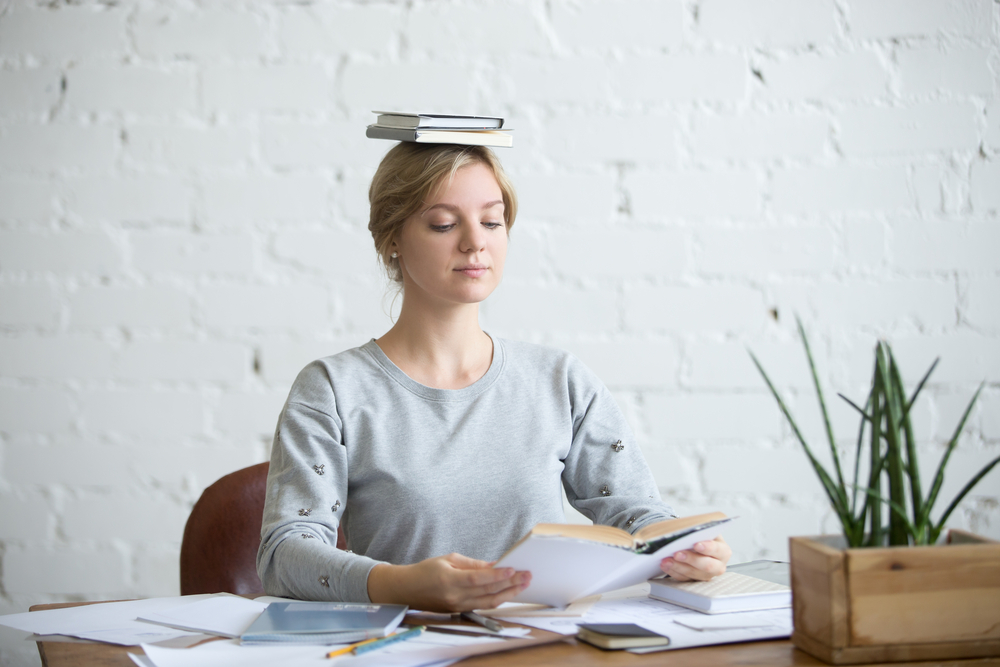How Does Back Pain from Standing or Sitting Affect Health and Productivity

According to the National Institute of Neurological Disorders and Stroke, approximately 80% of adults complain of low back pain. The Institute also reports that it is the top cause of “job-related disability” and absenteeism. In 2015, the Global Burden of Disease reported lower back pain and neck pain as the fourth leading cause of disability-adjusted life years. A study published in the Journal of Pain Research in 2015 demonstrated how lower back pain affects health status and productivity among Japanese workers. The researchers noted a significant relationship between the severity of pain experienced and decreasing patient performance across mental and physical indicators.
Can back pain when standing or sitting be minimized to improve your health and productivity?
Top Common Causes of Back Pain
Lower back pain from sitting can affect your work and daily life. The good news is that it can be prevented and it’s highly recommended to know how you can maintain and promote the health of your spine. To minimize or avoid lower back pain when standing up or sitting down, it is critical for you to become aware of the top 10 common causes of back pain:
- Senescence and degeneration
- Lack of a workplace ergonomic desk setup
- Improper posture
- Anatomical changes to the spine
- Sprains, accidents, and others that can cause misalignment or injury to the spine
- Arthritis and rheumatism
- Sedentary lifestyle
- Improper lifting of heavy objects
- Overweight and obesity
- Pregnancy
How to Minimize Back Pain When Standing Up or Sitting Down?
Don’t allow back pain to take away your health and productivity. There are at least five tips that you can try to better care for your back and improve upper back support at the same time.
Learn and practice proper posture
Poor posture causes an imbalance in the distribution of your body weight. Learn how to stand up straight and how to sit properly to avoid straining your spine, most especially if you sit or stand long hours at work every day.
To sit properly:
- Place your heels and toes flat on the floor. If you can’t reach the floor, get a footrest.
- Keep your knees below or, at the same level as your hips. Otherwise, adjust the height of your desk chair.
- Keep your shoulders relaxed.
- Don’t bend forward towards your desk. If you can’t read your monitor, have your eyes checked and use correction glasses if required.
- Try to stand up or shift to a different sitting position every 20 minutes or so.
To stand up straight:
- Keep your nape aligned with the upper end of your back, chin perpendicular to the floor.
- Keep both feet flat on the ground. Put your body weight to rest on your heels.
- Your knees must be kept slightly bent.
- Pull your stomach in.
- Try not to remain in the same standing position over a prolonged period. Walk around, shift your weight or, sit every 20 minutes or so.
Invest in an Ergonomic Desk Setup
Pick out the best chair for back pain prevention. You should consider purchasing a standing desk which allows you to shift between sitting and standing work positions.
Below are a handful of tips for using a standing desk:
- Make sure that your monitor is situated on eye level whether you are on a sitting or, a standing position on your desk.
- When seated, check that your chair allows your thighs to be perpendicular to the ground and that your knees are at the same level or below your thighs.
- Keep your feet flat on the ground whether you are standing or sitting.
- Change your position from sitting to standing and vice-versa at short intervals to avoid standing table lower back pain.
- Rest your back against the back of your chair.
- Make adjustments to your armrest so that it is at the same level as your work desk.
Lead a More Active Lifestyle
The best office chairs for back pain sufferers can minimize or prevent back pain. You have to move around more regularly to avoid back pain when standing or sitting over extended periods. Stretching is a great way to flex your muscles. If you’ve been practicing yoga, continue to do so. If you engage in contact sports, make sure that you always play with the proper gear to help protect against spine injuries.
Lift Heavy Objects Properly
A common cause of lower back pain when standing up is when lifting heavy objects from the floor. Remember the following tips to avoid spine injury during this task:
- Kneel on one knee or start in a squat position.
- Use your legs to push up the weight of your body and the object you are lifting.
- Refrain from bending your lower back as you stand up.
Wear Comfortable Shoes
One of the most common but often overlooked cause of back pain when standing are high-heeled shoes. The sharper the heels, the sharper the added pressure is to the spine. High-heeled shoes inhibit the proper distribution of your body weight. It also concentrates most of your weight on your back which causes unnecessary strain. Stilettos and other high-heeled shoes may be aesthetically pleasing but, they amplify back pain from standing and sitting.
Say ‘Goodbye’ to Back Pain When Standing or Sitting
Back pain can range from mild to severe. Depending on the severity and your tolerance, even pain as common as lower back pain can be disabling, most especially when prolonged and chronically experienced. The good news is that it can be minimized and even completely prevented. The key is in incorporating good practices that promote spine health, beginning with proper posture.
Start sharing how any of the top five tips above have helped you enjoy longer-lasting relief from lower back pain when standing up or sitting down.





Comments